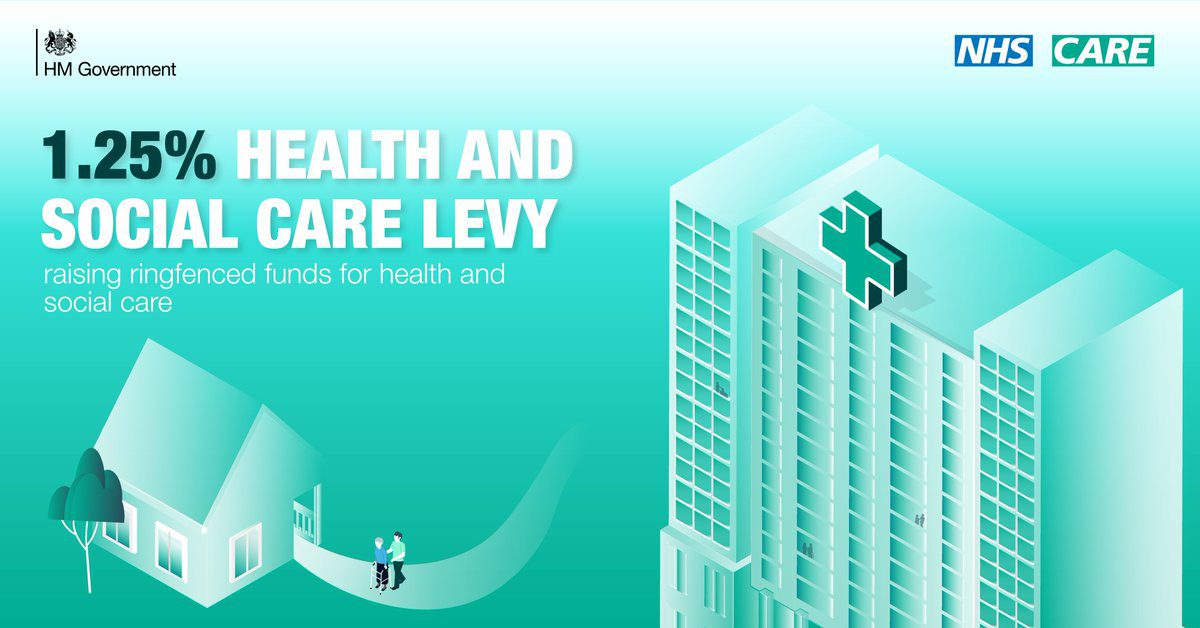What is the Health and Social Care Levy?
On 7th September 2021 the government announced a new Health and Social Care levy of 1.25% to help fund the NHS and social care and you can find full details on the .Gov website.
The levy will be introduced in the first payroll from 6th April 2022.
How Does the Levy Affect Payroll?
The levy provides for a temporary increase in National Insurance rates of Class 1, Class 1A, Class 1B and Class 4 National Insurance contributions for the 2022 to 2023 tax year and revenue raised will go directly to support the NHS and equivalent bodies across the UK.
National Insurance contributions rates will decrease back to 2021 to 2022 tax year levels and will be replaced by a new 1.25% Health and Social Care Levy where the revenue will be ringfenced to support UK health and social care bodies.
Individuals above State Pension age will not be affected by the temporary increase to National Insurance contributions for the 2022 to 2023 tax year but will be liable to pay the levy from April 2023.

The new Health and Social Care Levy will be subject to the same reliefs, thresholds, and requirements of the qualifying National Insurance contribution (Class 1, Class 1A, Class 1B or Class 4) in respect of which the Levy is payable.
What this means in real time, is both employee and employer will be paying an additional 1.25% where the national insurance threshold is reached.
For each £10,000 an employee earns per year above the national insurance threshold, the employee will pay £125.00 additional National Insurance per year and the employer will also pay an additional £125.00 per year. The employer can offset this increase against corporation tax and gain some tax relief.
Employees on salary sacrifice schemes will not have this portion of their pay affected by the levy.
If you would like to know more about the levy and how it affects your payroll, please contact us





